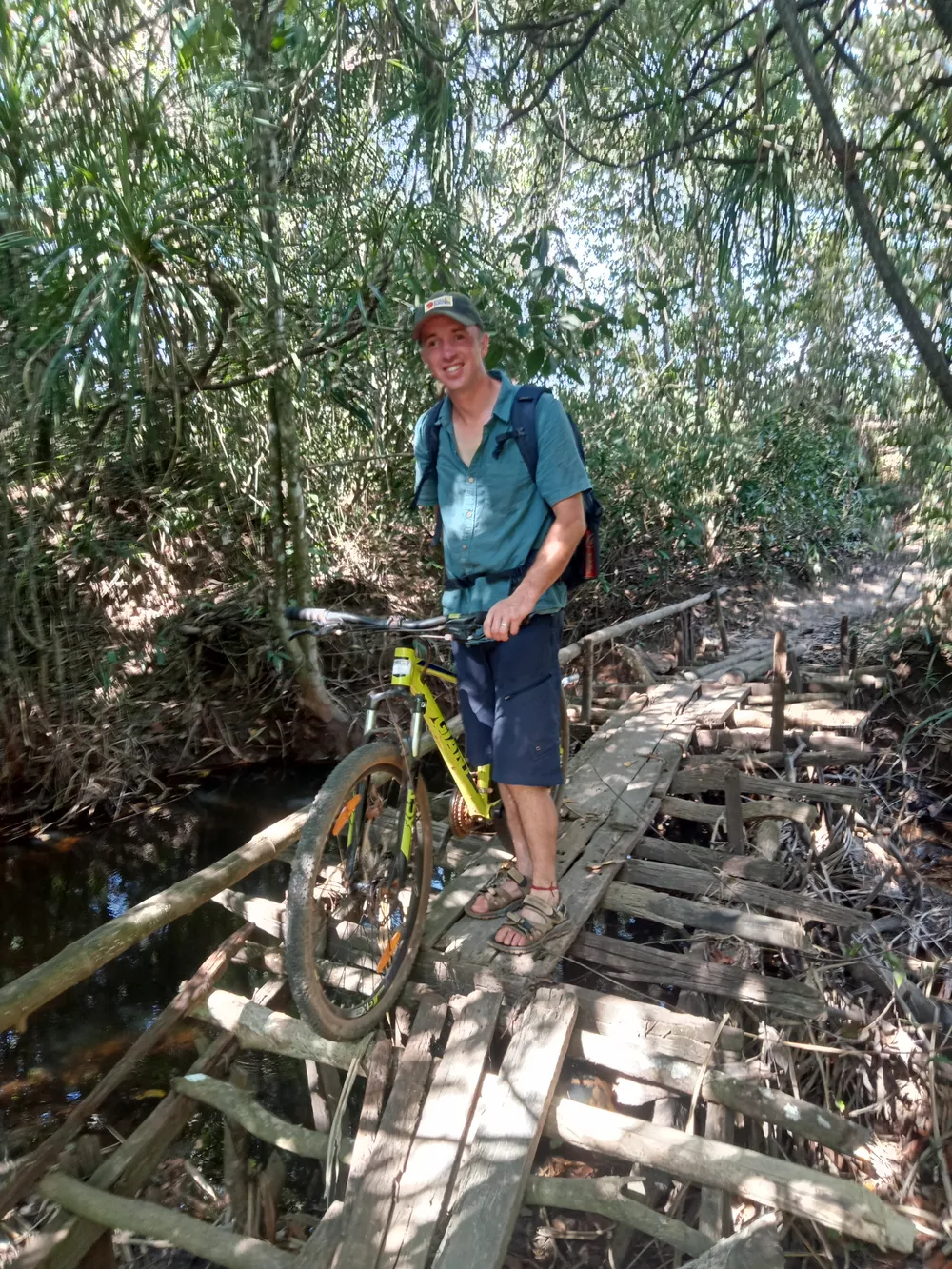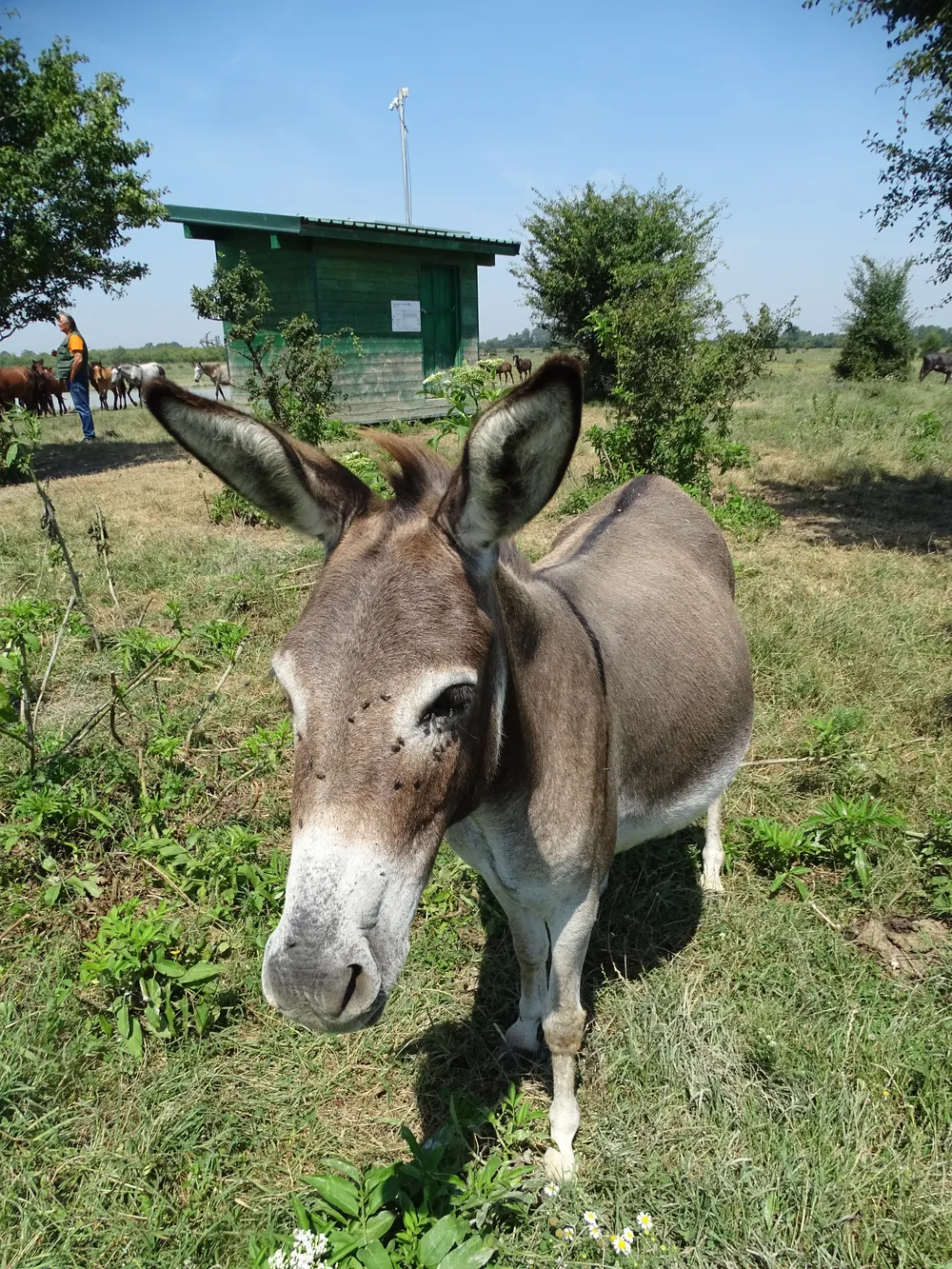In the Balkans, the aim was to learn how four countries collaborate closely in the shared endeavour of removing invasive non-native plants, aiming to protect the environment, livelihoods, and the watercourse itself along the 1,000km long Sava River. INNS are one of the most significant global drivers of habitat and species loss, and with the UK currently importing around 12 new species a year, this is a significant problem for us to tackle.
Over a four week period, I met with practitioners, communities, Government bodies, young people, and NGO’s involved with a five year programme covering the full Sava river, learning how they built a shared objective, what work was undertaken, the innovations developed, and how local people were brought on board through using the materials in interesting ways as well as building a citizen science early warning system. Every meeting was a unique experience, but none so much as a visit to Zasavica in Serbia.
It is an extremely hot humid day as I flash past field after field of tall cheery sunflowers in my hired black and battered 4x4 Fiat Panda out of Belgrade heading to the nationally revered nature reserve and holiday park of Zasavica on the Sava River. I follow my Sat Nav along a narrow dusty track, arriving at a loose cluster of buildings deserted and after a bit of exploring, I meet Vuk, the Manager of this reserve, holiday park, and working farm along with his father and founder, Slobadan.











